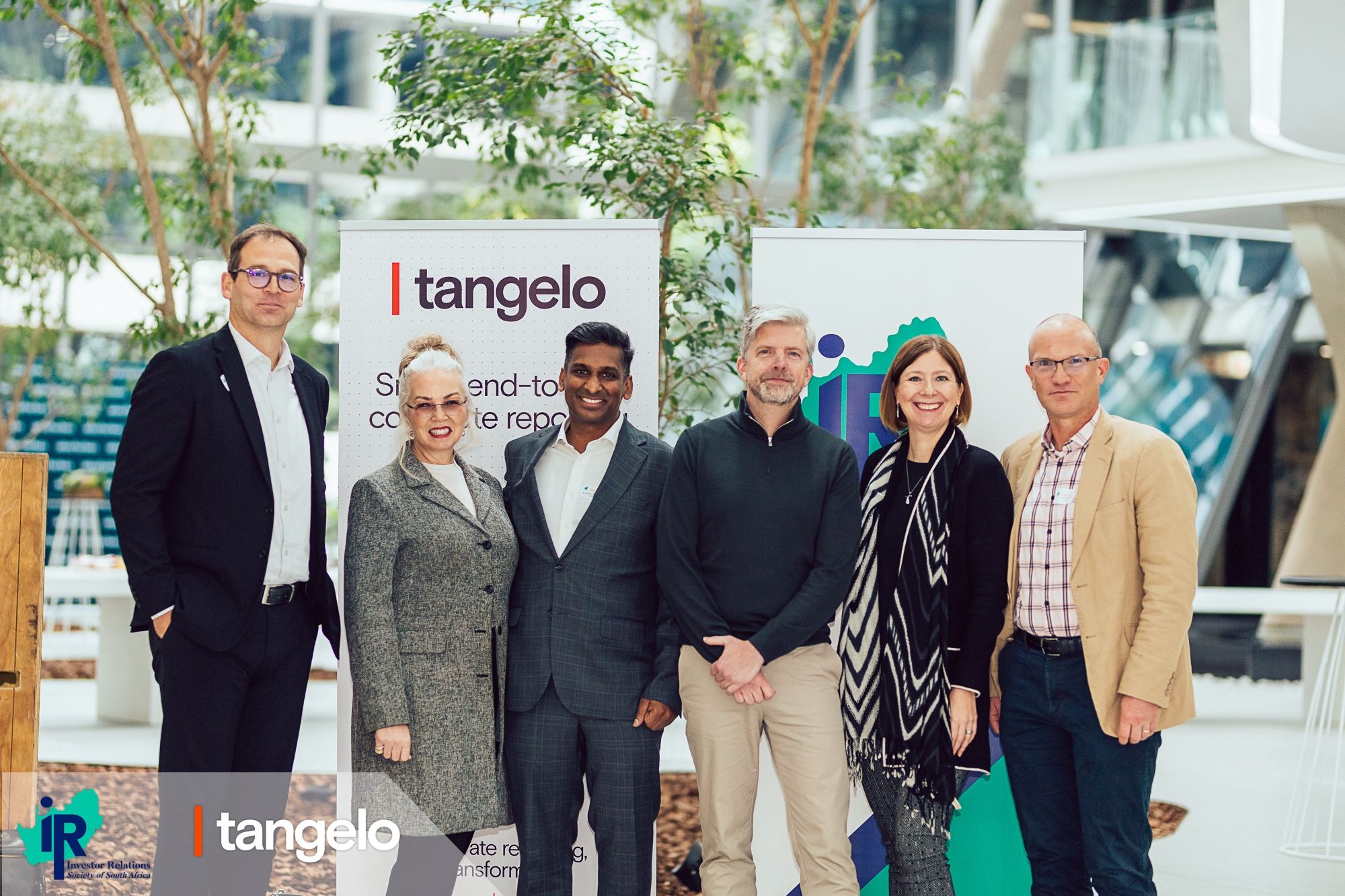How AGL Energy Took Control of Corporate Reporting with Tangelo

AGL Energy is Australia’s largest private owner, operator, and developer of renewable energy assets. With a commitment to a more sustainable future, AGL’s corporate reporting process needed to match its strategic ambition. For years, however, that process was manual, fragmented, and stressful—marked by endless back-and-forths with design agencies, complex version control, and late-night finalizations. Seeking greater speed, security, and ownership, AGL turned to Tangelo—and the transformation was immediate. With full in-house control, streamlined workflows, and same-day reporting, AGL has redefined how corporate reports are created.
The Challenge
Before Tangelo, AGL’s reporting relied on external design agencies and traditional document tools. That meant triple-checking numbers, chasing last-minute design edits, and facing bottlenecks during every reporting season. Reports were created in silos, with no central source of truth. Market-sensitive information was passed through multiple hands, raising security concerns. The inefficiencies made it nearly impossible to meet fast-moving deadlines—especially as expectations around transparency and integrated reporting increased. AGL needed to centralize their process, improve collaboration, and gain full control over the creation of annual and sustainability reports.
The Solution
AGL implemented Tangelo to bring reporting fully in-house. The Tangelo team worked closely with AGL’s Finance, Operating & Financial Review, and Remuneration teams—configuring the platform to their specific needs and training users early for a smooth start. Tangelo’s intelligent styling and Excel integration allowed teams to populate charts, tables, and figures directly—while maintaining design integrity. AGL used Tangelo to create “draft zeroes” based on previous reports, reducing rework and accelerating progress. Most importantly, they could now create both PDF and online reports from a single source—eliminating duplication and inconsistencies. Built-in two-factor authentication ensured security throughout.
The Results
AGL’s transformation was swift and significant. With Tangelo, they:
- Eliminated reliance on external typesetting, gaining full editorial control
- Achieved same-day publication of financial results and the annual report
- Maintained a single source for both print and digital formats
- Secured sensitive content with role-based access and two-factor authentication
- Streamlined workflows across departments with real-time collaboration
- Produced typeset-quality documents from the very first board meeting
- Reduced stress, manual error, and production delays across the board
The result? A smarter, faster, and far more secure reporting process—helping AGL meet rising stakeholder expectations with confidence and agility.
Tangelo has revolutionized our reporting workflow, saving us significant time and resources by eliminating the need to cross-check multiple documents. With streamlined processes and improved efficiency, we can now meet tight deadlines with confidence. It’s been a game-changer for our reporting process and a major benefit to our business. — Cathy Oosterman, Shareholder Relations, AGL Energy
Lessons Learned & Best Practices
AGL discovered that empowering internal teams with the right tools leads to stronger outcomes and faster delivery. By unifying reporting systems, automating design, and securing sensitive content, they reduced complexity and gained peace of mind. In 2019, they expanded their use of Tangelo to include remuneration-specific reports, a Sustainability Data Centre, and notices of meeting—demonstrating the flexibility of the platform. For any company navigating regulatory demands, time constraints, and growing ESG expectations, AGL’s journey proves that in-house reporting with Tangelo is a future-proof strategy.
Want to take control of your corporate reporting, too?
Discover how Tangelo helps companies like AGL move faster, collaborate better, and reduce risk.
Latest resources
CSRD Day 2025 showed one thing clearly: sustainability is here to stay.
CSRD Day shows sustainability progress continues despite delays and shifting regulations.
Tangelo achieves renewed ISAE 3402 Type II and SOC 2 Type II certifications
Tangelo renews ISAE 3402 and SOC 2 certifications, strengthening client trust.
